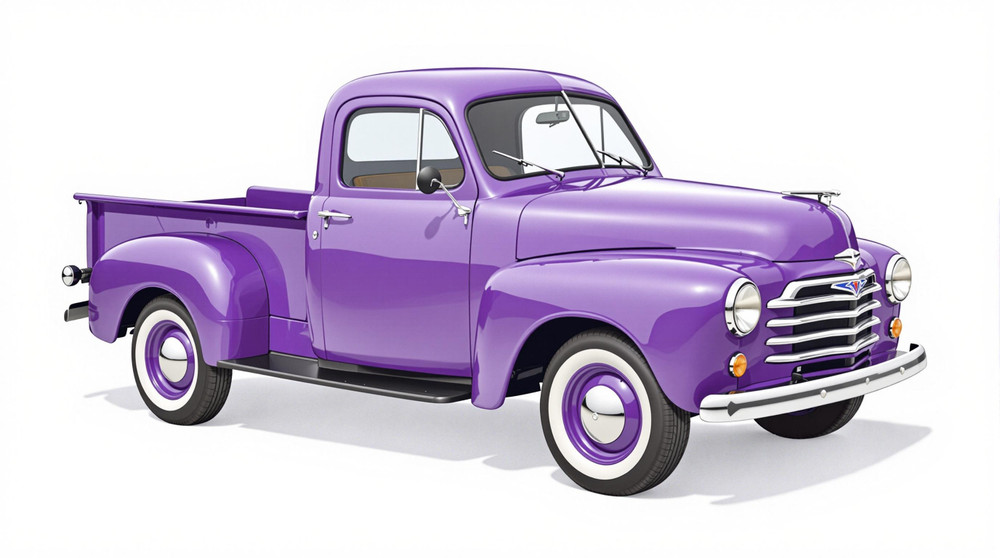Image of 1951 Studebaker 2r10, Note: These illustrations use artistic license and may differ from actual historical models.
Performance Metrics
Fundamental Metrics
Emotional Appeal
MMP Rating
| Engine Specifications | |
|---|---|
| Engine Options: | Inline 6 |
| Displacement Range: | 170 cubic inches |
| Horsepower Range: | Estimated 85 hp |
| Torque: | 152 lb-ft |
| Compression Ratio: | Estimated 7.0:1 |
| Ignition System: | Distributor and coil |
| Cooling System: | Liquid-cooled |
| Performance Specifications | |
| 0-60 Time: | Information not available |
| 1/4 Mile Time: | Information not available |
| Top Speed: | 75 mph |
| Transmission and Drive | |
| Drive Type: | Rear-wheel drive |
| Transmission Type: | 3-speed manual |
| Fuel and Efficiency | |
| Fuel System Type: | Carburetor |
| MPG: | Estimated 15-20 mpg |
| Dimensions and Brakes | |
| Brakes: | Drum brakes |
| Wheelbase: | 112 inches |
| Weight: | Estimated 3,200 lbs |
Note: Specifications for classic cars are given to the best of our ability, considering the limited and variant data available.
The Studebaker 2R10: A Testament to Post-War Ingenuity
The year 1951 saw the release of the Studebaker 2R10, a vehicle that not only captured the essence of post-war America but also showcased the innovative spirit of its manufacturer. Born out of the Studebaker Corporation, a company with roots reaching back to the days of horse-drawn wagons, the 2R10 emerged as a symbol of the transition from utilitarian design to automotive flair. With its unique blend of style and practicality, this pickup truck carved out a niche in the hearts of Americans, becoming an icon of its era.
Design and Innovation
The exterior of the 1951 Studebaker 2R10 was a sight to behold, with its bold, bullet-nose front end that seemed to slice through the air. The truck's body lines flowed smoothly from front to back, a testament to the aerodynamic focus of the time. Inside, the cabin was simple yet functional, with materials chosen for durability over luxury. Despite this, there was an air of quality that resonated with buyers, a reminder that Studebaker was committed to craftsmanship.
Technologically, the 2R10 was ahead of its time, featuring innovations such as an optional overdrive transmission and a powerful six-cylinder engine. Color options ranged from practical shades to more vibrant hues, with colors like Gypsy Green and Rio Brown being popular choices. The most iconic body style was undoubtedly the half-ton pickup, which offered a perfect blend of utility and style.
Historical Significance
The Studebaker 2R10's impact on automotive design was profound. It was one of the first vehicles to successfully integrate post-war design elements into a commercial truck, setting a precedent for future models. Its distinctive look helped differentiate it from the competition, and its influence can be seen in the designs of subsequent trucks from various manufacturers.
Performance and Handling
Performance-wise, the 2R10's six-cylinder engine delivered a respectable output for its class, allowing it to reach top speeds that were competitive for the time. Acceleration was adequate, with a 0-60 mph time that reflected its utilitarian purpose rather than racing prowess. On the road, the truck handled bumps with composure and maintained stability in windy conditions. Drivers often remarked on the robust sound of the engine and the overall solid feel of the ride.
Ownership Experience
The 1951 Studebaker 2R10 served various roles, from a reliable daily driver to a cherished show car. Its straightforward mechanical design made maintenance and repairs relatively easy for the average owner. While not without its quirks, the 2R10 was generally considered a reliable workhorse.
Fun Facts
This classic truck has its share of interesting trivia. For instance, certain models were equipped with the rare "Climatizer" system for heating and ventilation. Although not as common as celebrity sports cars, some 2R10s have been owned by notable figures in history. Criticisms typically centered around its modest power and comfort features compared to modern vehicles.
Collector's Information
Today, the 1951 Studebaker 2R10 holds a special place in the collector's market. With production numbers estimated in the tens of thousands, it's moderately rare but not impossible to find. Values can vary widely based on condition and originality, with well-preserved examples fetching anywhere from $15,000 to $30,000 or more at auction. The market trend shows appreciation for this classic piece of Americana as nostalgia for post-war design continues to grow.
Conclusion
The 1951 Studebaker 2R10 is more than just a vintage truck; it's a rolling testament to an era of transformation and innovation. Its design broke molds and set trends, its performance delivered reliability, and its legacy continues to captivate enthusiasts around the world. As we look back on this classic vehicle, we're reminded that great design stands the test of time.
1951 Studebaker 2r10 Catalog of Parts
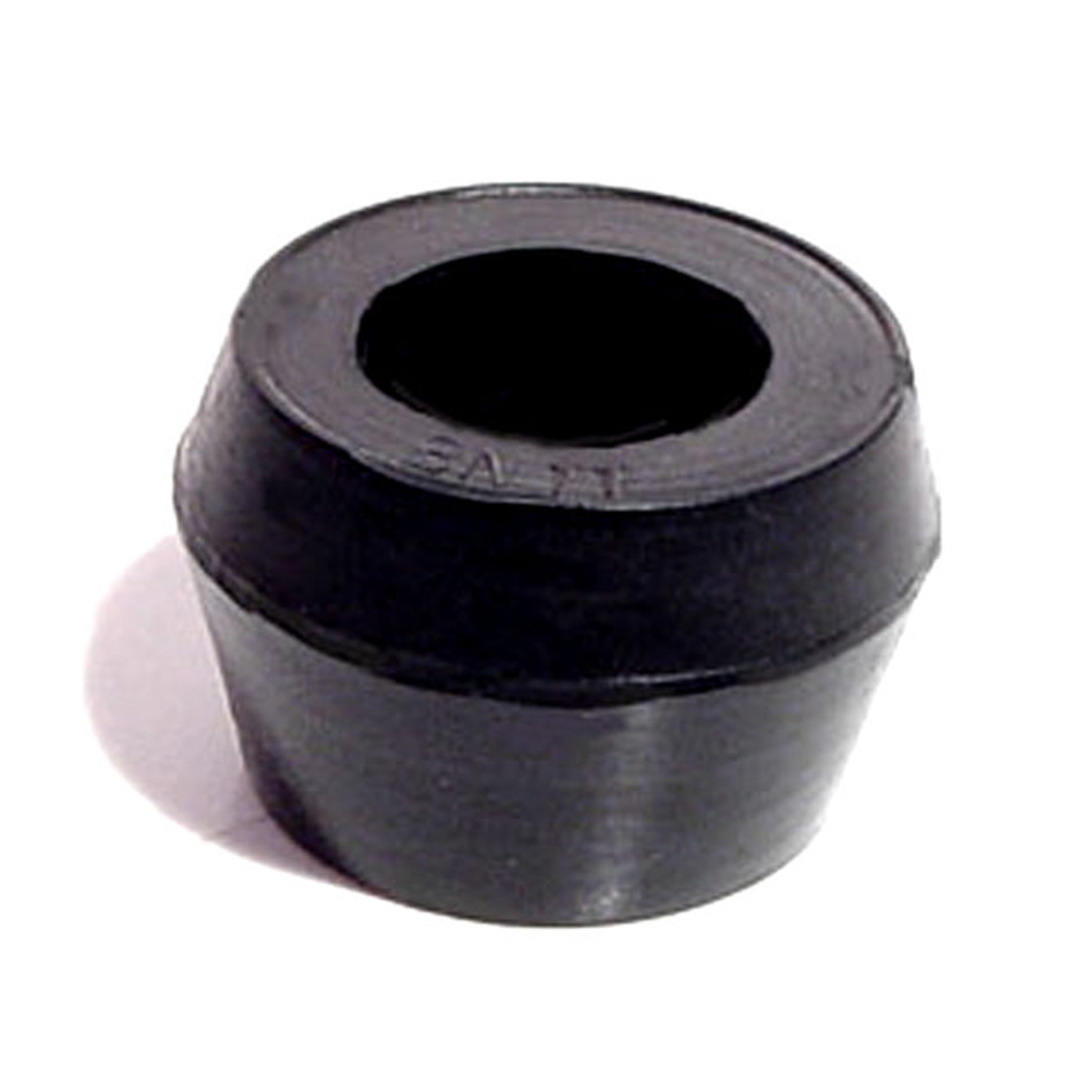 1951 Studebaker 2R10 Shock Absorber Grommet. 1" bottom O.D-BN 11Shock Absorber Grommet. 1" bottom O.D., 3/4" high, with 5/8" I.D. Each
1951 Studebaker 2R10 Shock Absorber Grommet. 1" bottom O.D-BN 11Shock Absorber Grommet. 1" bottom O.D., 3/4" high, with 5/8" I.D. Each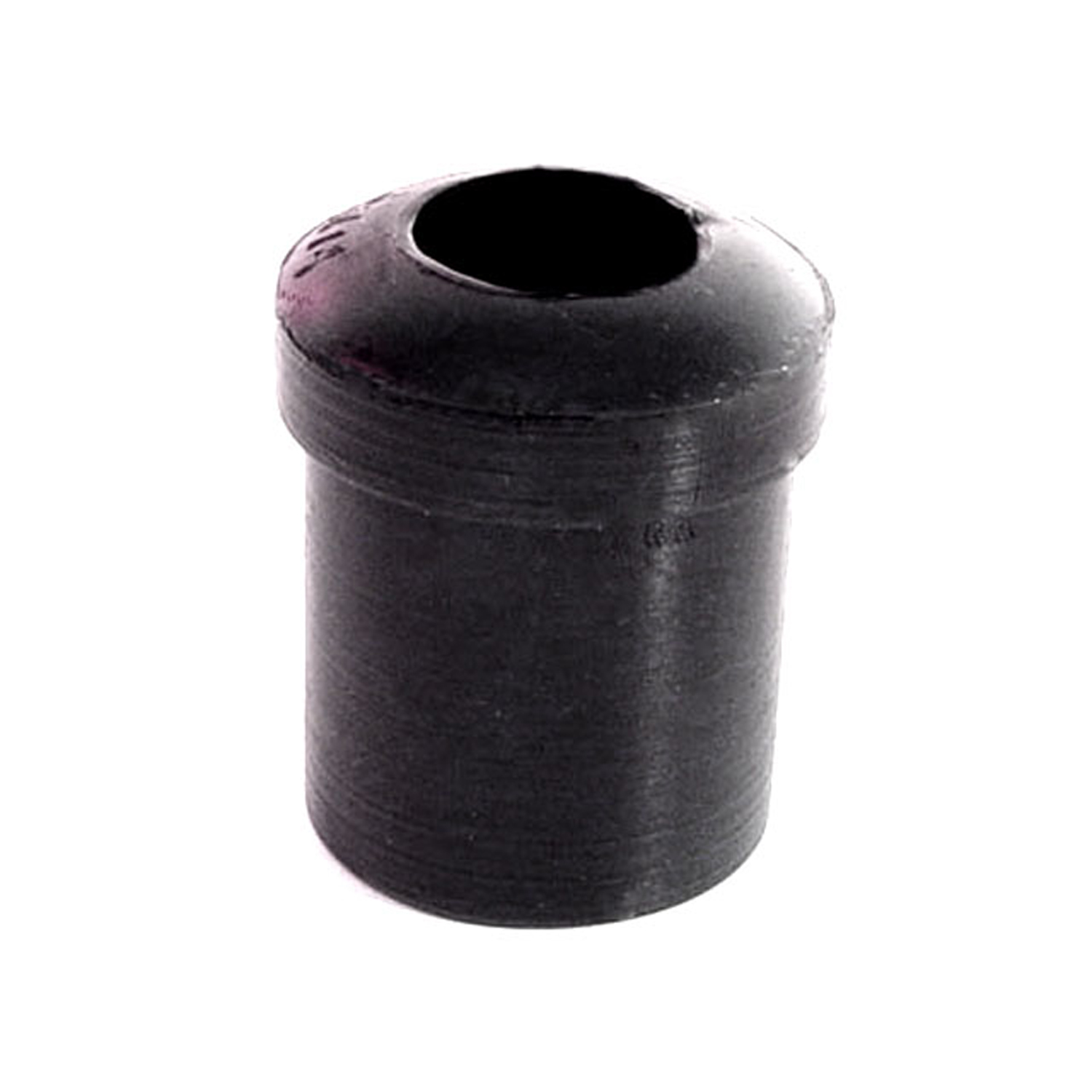 1951 Studebaker 2R10 Spring and Shackle Bushing. 1-1/16" bottom O.D-BN 14Spring and Shackle Bushing. 1-1/16" bottom O.D. X 1-1/2" high, with 5/8" I.D. Each
1951 Studebaker 2R10 Spring and Shackle Bushing. 1-1/16" bottom O.D-BN 14Spring and Shackle Bushing. 1-1/16" bottom O.D. X 1-1/2" high, with 5/8" I.D. Each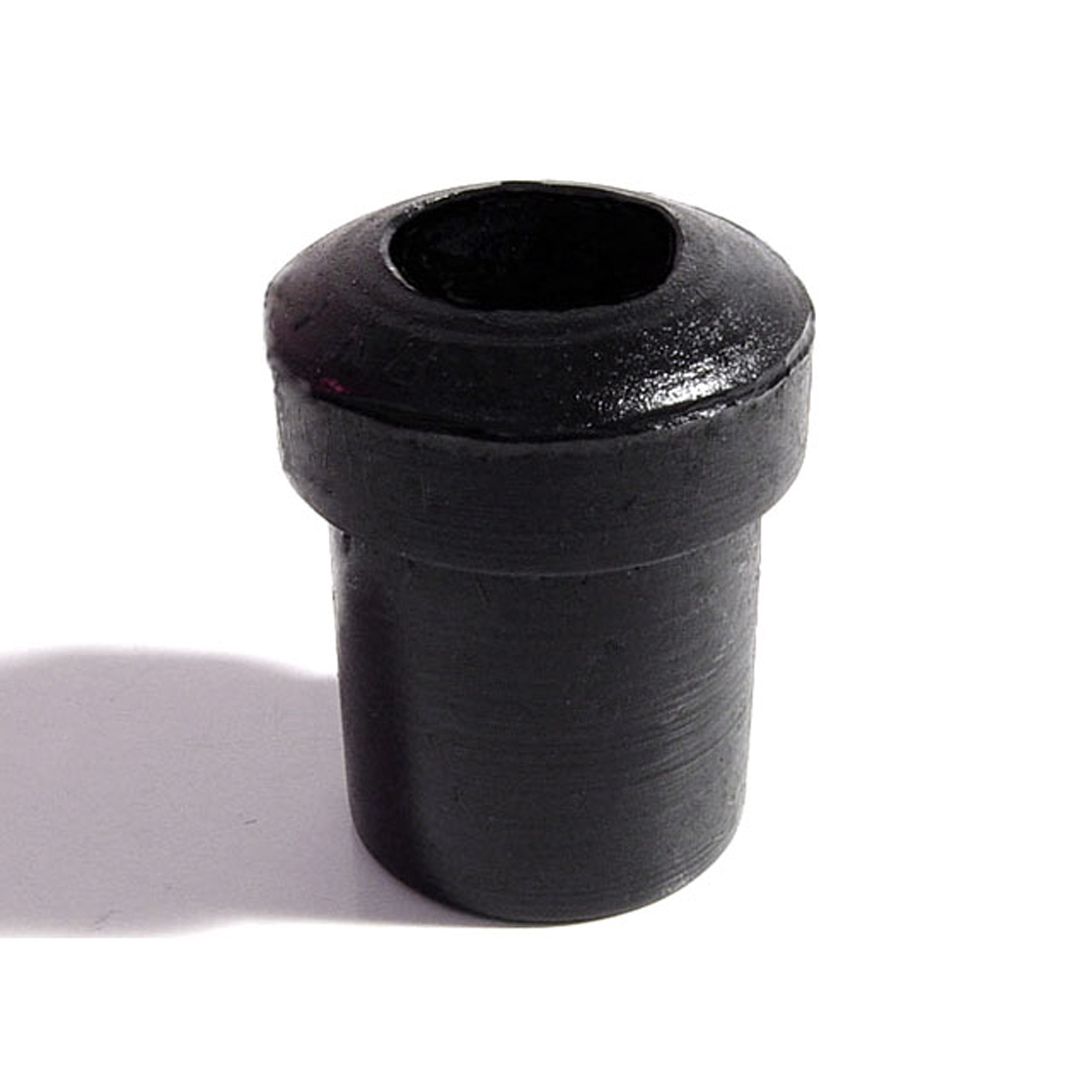 1951 Studebaker 2R10 Spring and Shackle Bushing. 7/8" bottom O.D-BN 16Spring and Shackle Bushing. 7/8" bottom O.D. X 1-1/8" high, with 1/2" I.D. Each
1951 Studebaker 2R10 Spring and Shackle Bushing. 7/8" bottom O.D-BN 16Spring and Shackle Bushing. 7/8" bottom O.D. X 1-1/8" high, with 1/2" I.D. Each 1951 Studebaker 2R10 Gas Filler Grommet. Perfect reproduction. Top 2-1/16" I.D-GF 45Gas Filler Grommet. Perfect reproduction. Top 2-1/16" I.D., 3-7/16" O.D. Each
1951 Studebaker 2R10 Gas Filler Grommet. Perfect reproduction. Top 2-1/16" I.D-GF 45Gas Filler Grommet. Perfect reproduction. Top 2-1/16" I.D., 3-7/16" O.D. Each 1951 Studebaker 2R10 Steering Column Grommet. For 4-speed models. Each-SC 24Steering Column Grommet. For 4-speed models. Each
1951 Studebaker 2R10 Steering Column Grommet. For 4-speed models. Each-SC 24Steering Column Grommet. For 4-speed models. Each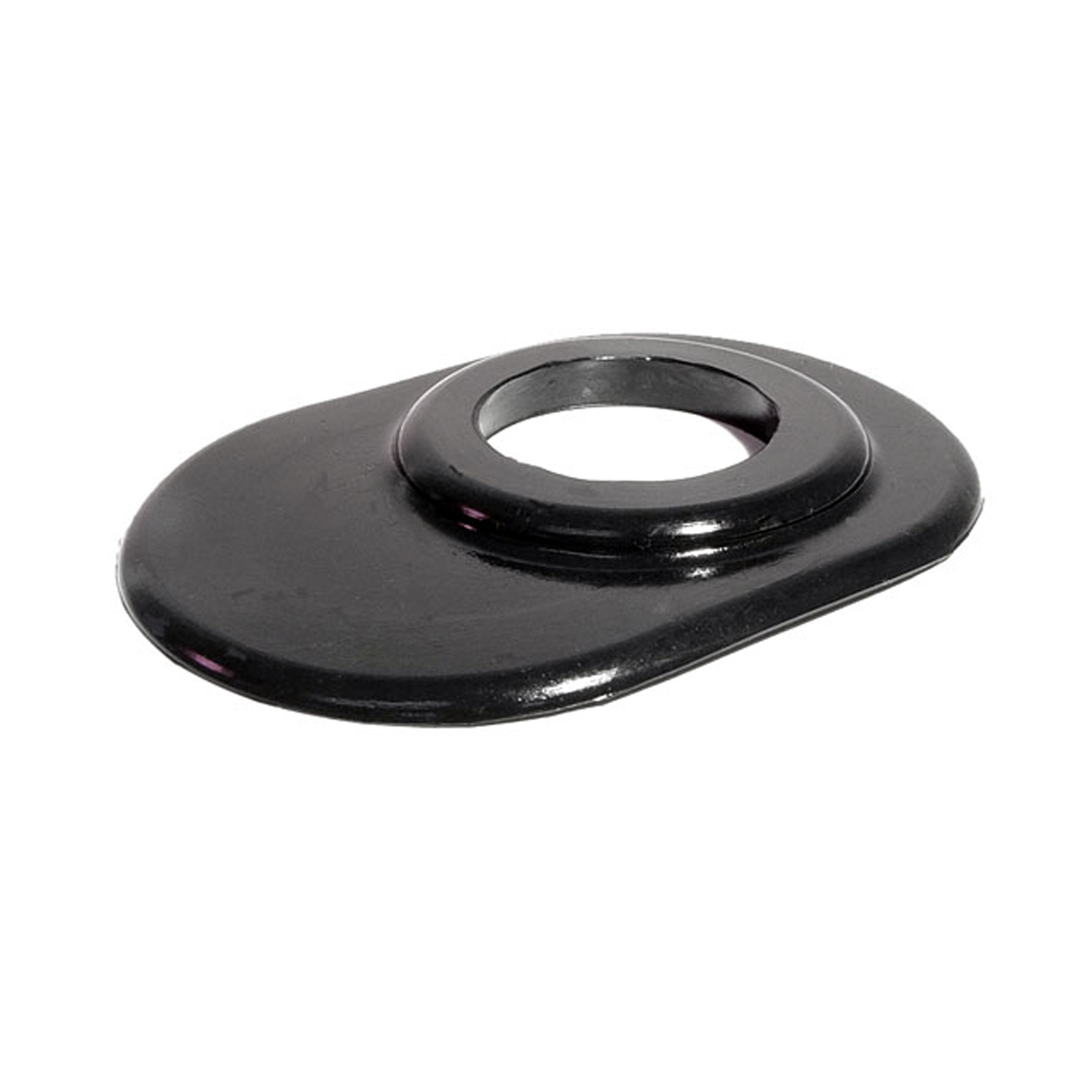 1951 Studebaker 2R10 Steering Column Grommet. For 3-speed models. Each-SC 24-ASteering Column Grommet. For 3-speed models. Each
1951 Studebaker 2R10 Steering Column Grommet. For 3-speed models. Each-SC 24-ASteering Column Grommet. For 3-speed models. Each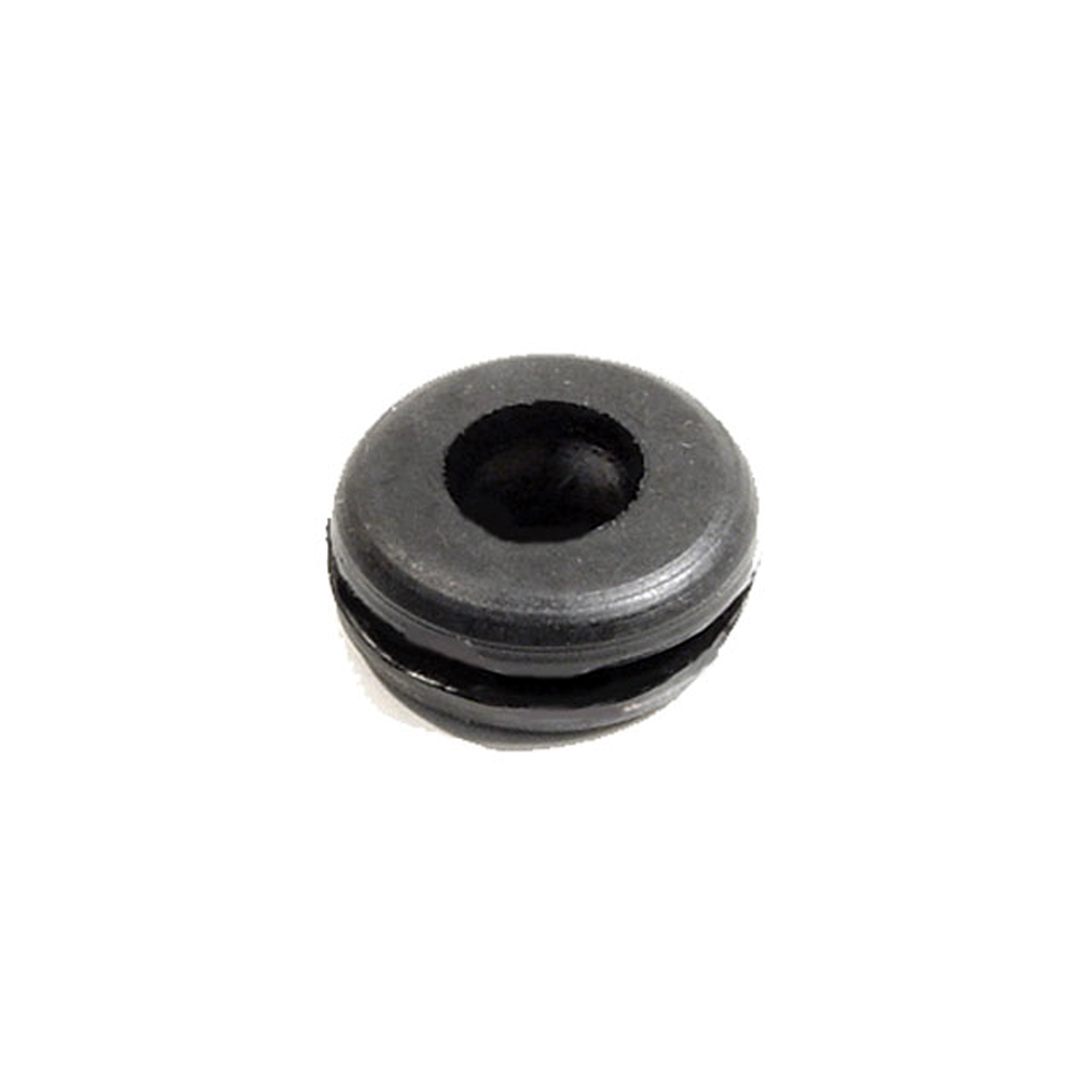 1951 Studebaker 2R10 Headlight & Tail-Light Wire Grommet. 3/8" I.D., 7/8" O.D-SM 13-AHeadlight & Tail-Light Wire Grommet. 3/8" I.D., 7/8" O.D. Each
1951 Studebaker 2R10 Headlight & Tail-Light Wire Grommet. 3/8" I.D., 7/8" O.D-SM 13-AHeadlight & Tail-Light Wire Grommet. 3/8" I.D., 7/8" O.D. EachWhy Choose Metro?
For over 100 years, Metro Moulded Parts has been the pinnacle of quality in classic car restoration parts. Our commitment to precision and authenticity in every component ensures a perfect fit and an OEM-level appearance.
- Expert Craftsmanship & Quality: Each part is a testament to our dedication to reliability and perfection, crafted from original designs and thoroughly tested.
- Advanced Technology: We use cutting-edge techniques to create flawless, long-lasting parts that surpass others in performance.
- SuperSoft Sponge – The Ultimate Door Seal: Not only are our door seals 30% softer than competitors', but they're also guaranteed to never leak. They effectively reduce wind and road noise, enhancing your classic car's comfort and driving experience.
- Proudly American: Our parts are a product of American craftsmanship, made in the USA with a spirit of excellence and heritage.
- Unrivaled Warranty: We back our products with a 30-year industry-leading warranty, a testament to our confidence in their quality.
Join us in preserving the legacy of classic cars with parts that are crafted for perfection, not just made.

